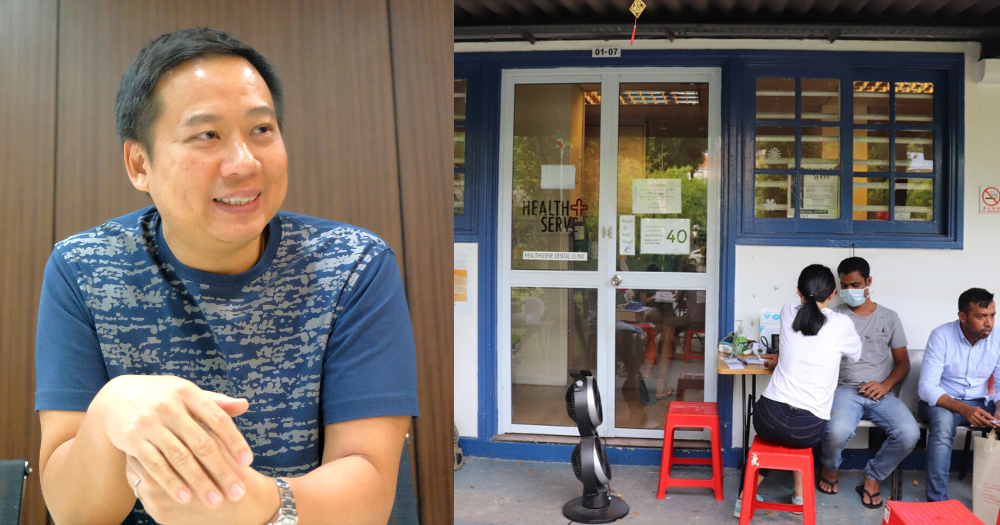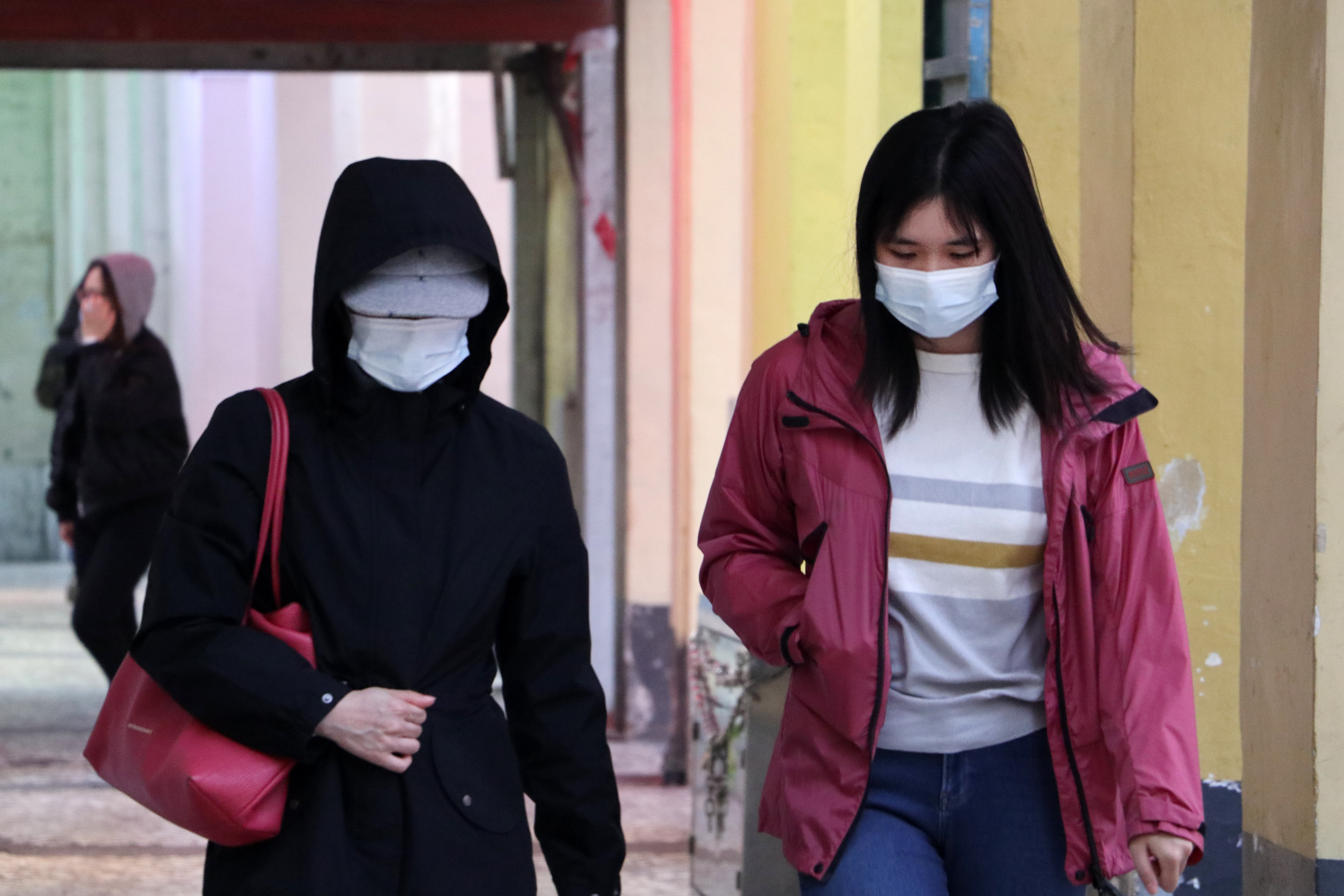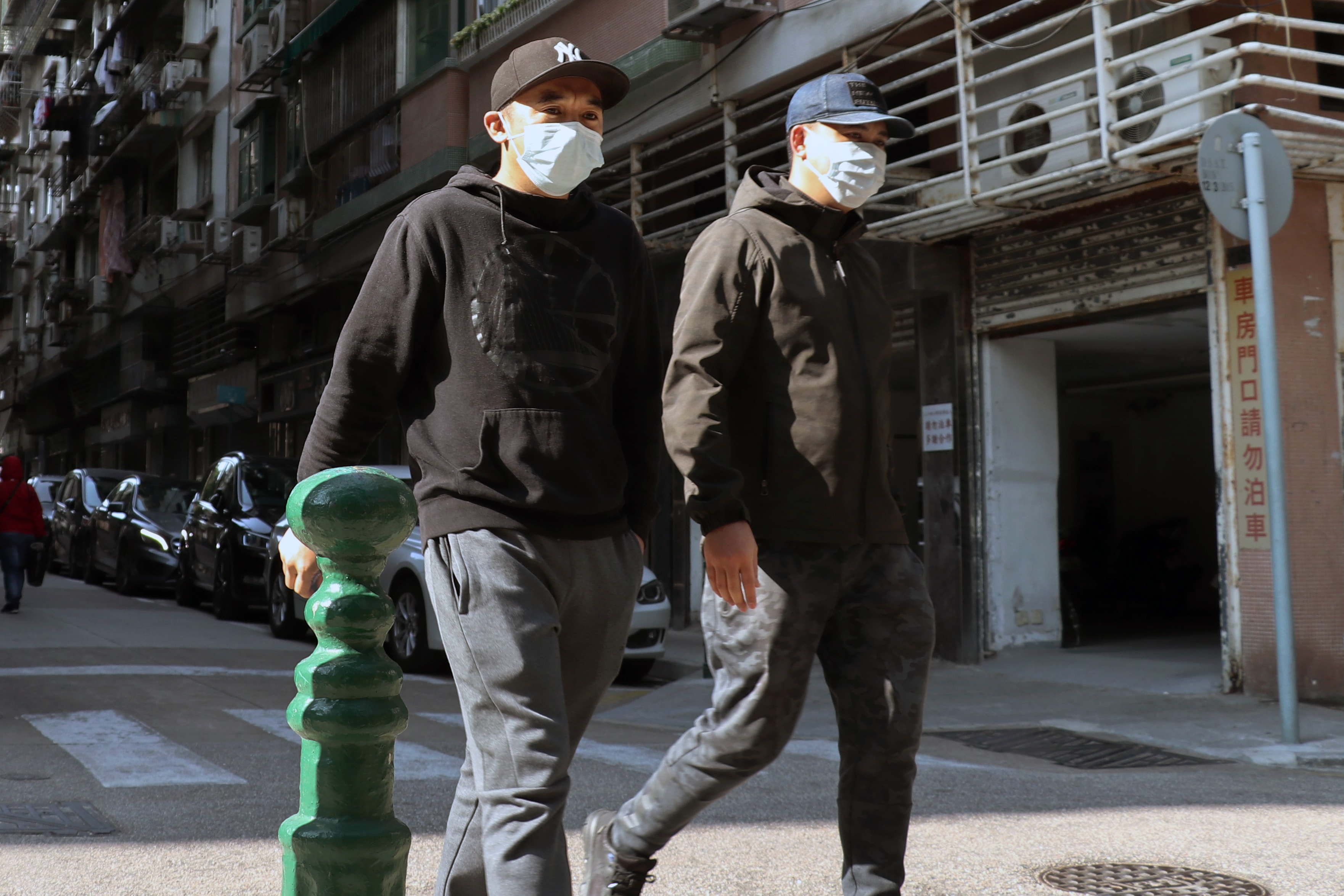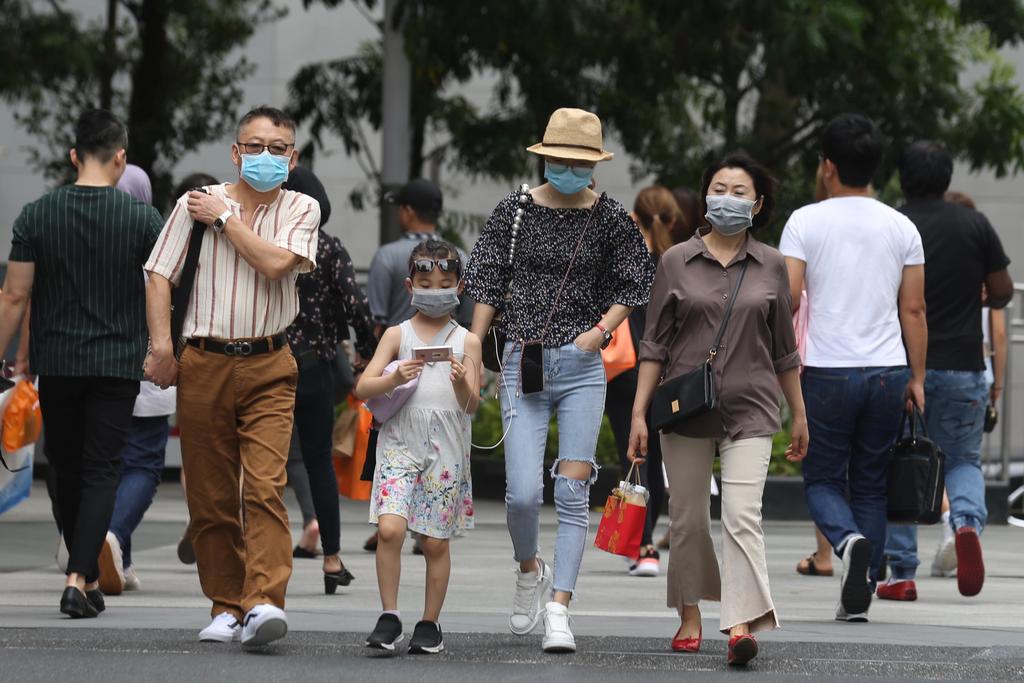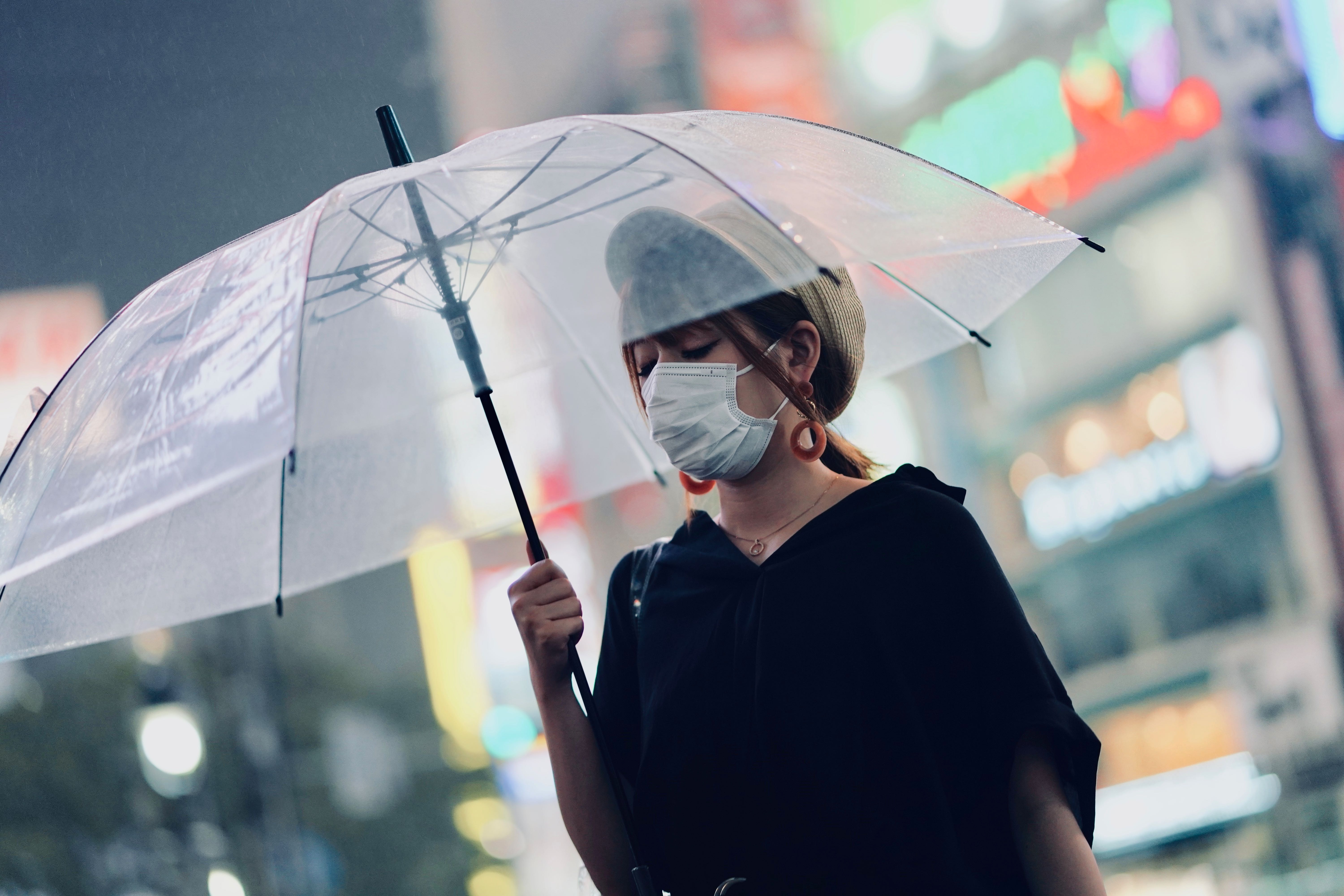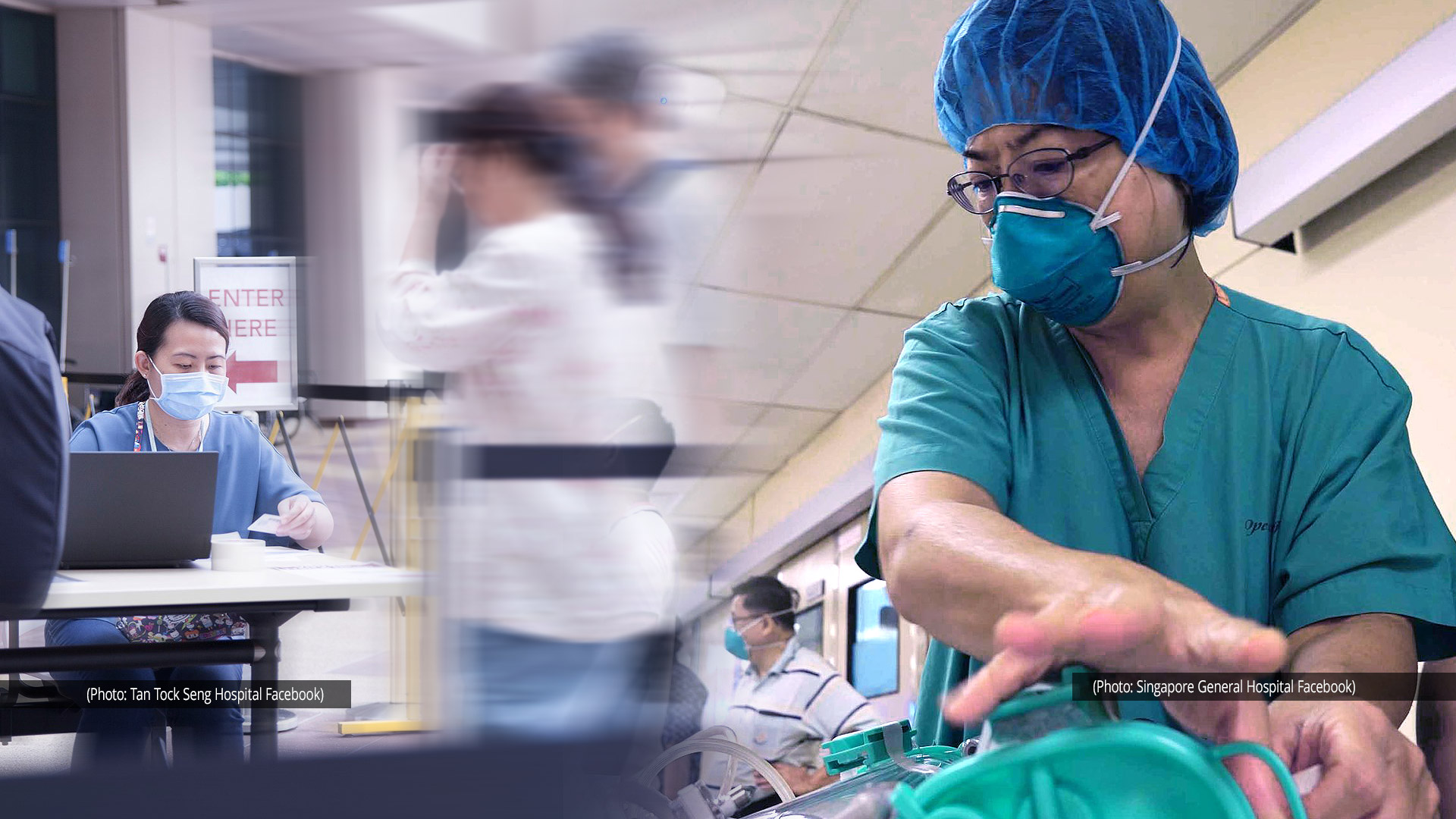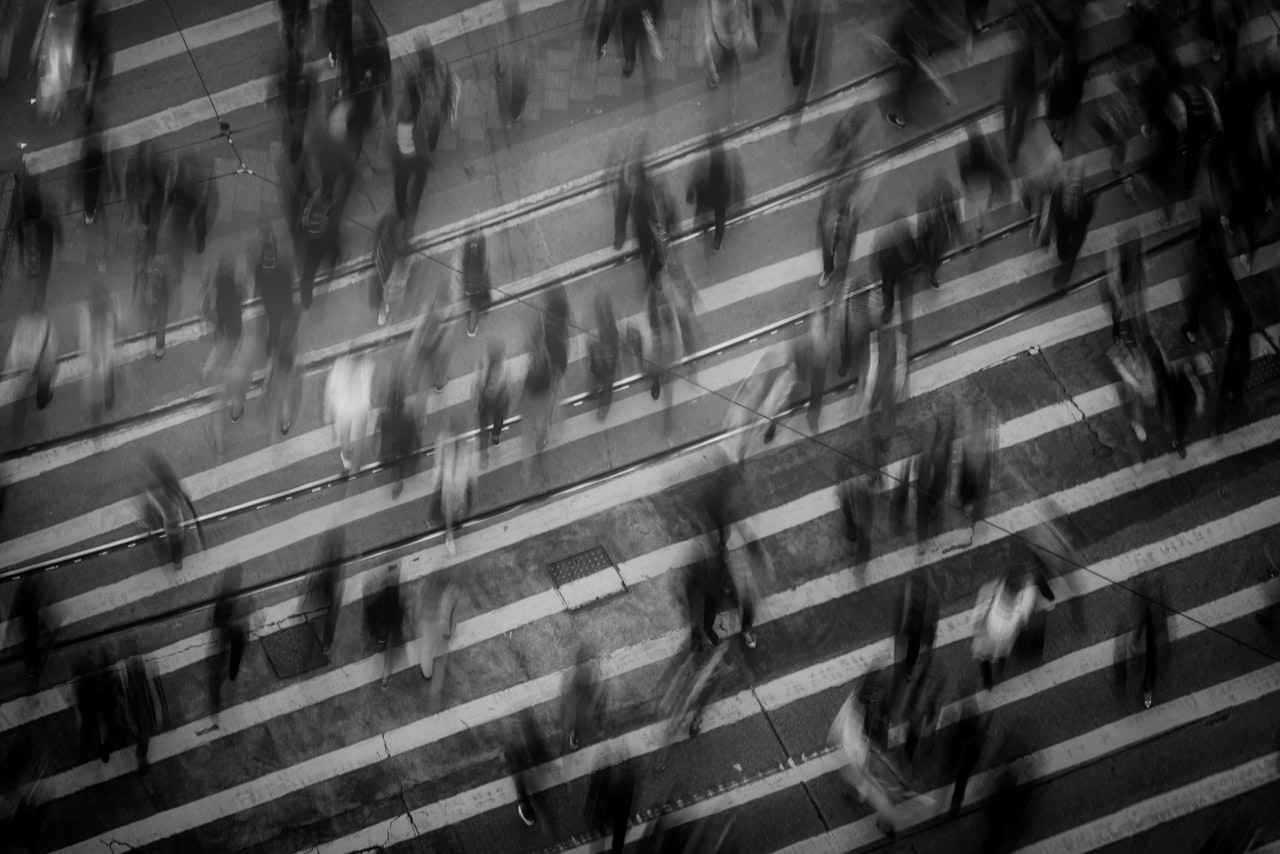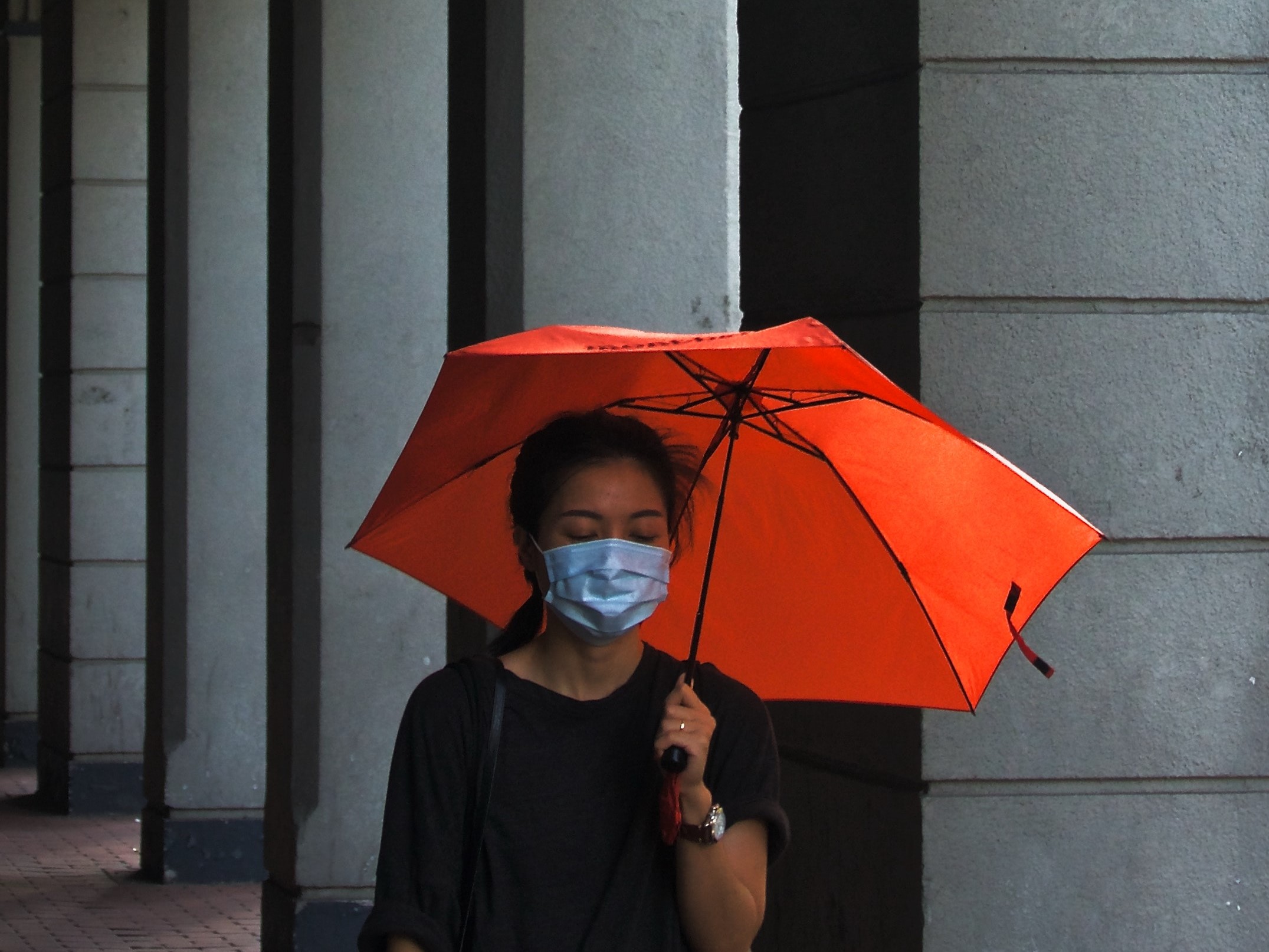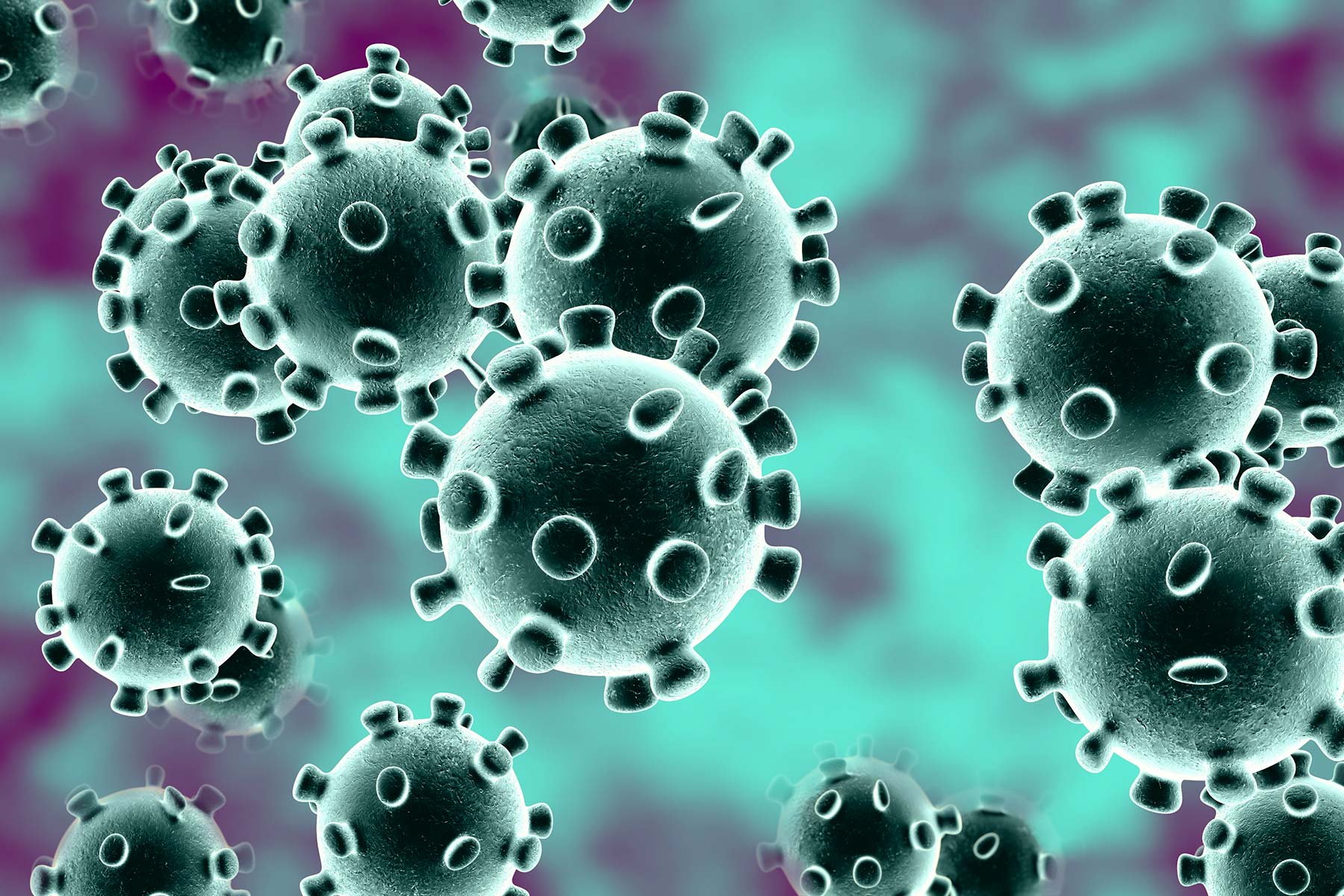Looking out for migrant workers, especially in public health crises
HealthServe is a local non-governmental organisation that offers medical care, counselling, social assistance and other support to migrant workers in the community. At HealthServe’s clinics in Geylang, Mandai and Jurong, migrant workers are able to access medical care for only S$8. Since 2013, Associate Professor Jeremy Lim has been a volunteer at HealthServe. He startedRead more
Looking out for migrant workers, especially in public health crises Read More »
